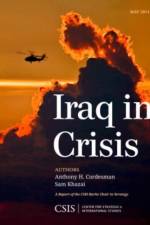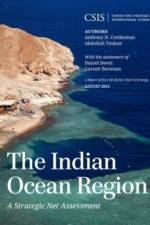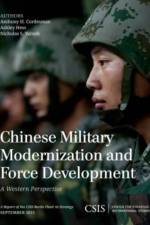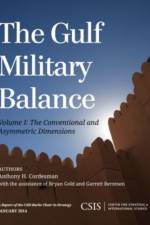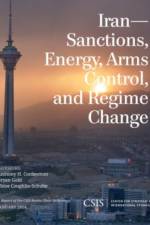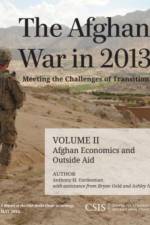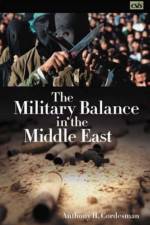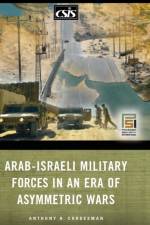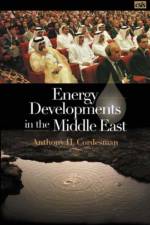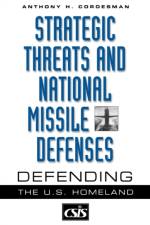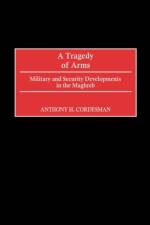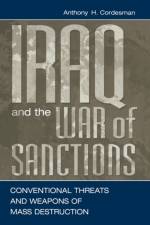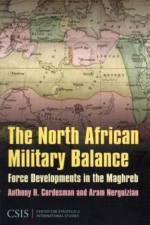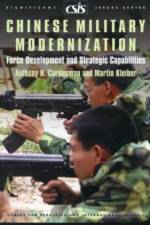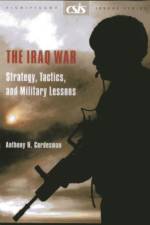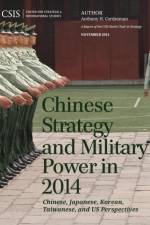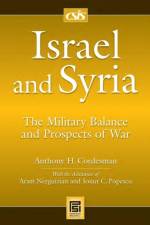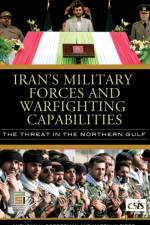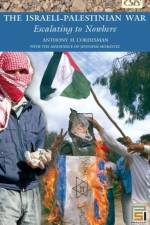av Anthony H. Cordesman
1 089
The Middle Eastern and North African region (MENA) dominates world energy exports today and will likely do so for decades to come, even if world consumers make steady progress in conservation, renewable energy sources, and increases from gas, coal, and nuclear power. The MENA region, however, has been the scene of both internal crises and external conflicts. On several occasions, these crises have affected either the flow of MENA energy exports or the development of energy production and export capacity. The politics, economics, and social dynamics that shape threats to regional stability are complex. Cordesman details the factors behind these diverse forces and outlines current supply levels and future trends, taking each of these variables into consideration.The MENA area includes at least 22 states, with a combined population of nearly 300 million, each with different political, economic, demographic, and security conditions and needs. It is divided into at least four sub-regions including the Maghreb (Mauritania, Morocco, Algeria, Libya, and Tunisia); the Levant and the Arab-Israeli confrontation states (Egypt, Israel, Jordan, Lebanon, and Syria); the Gulf (Iran, Iraq, Kuwait, Bahrain, Qatar, Saudi Arabia, the UAE, and Oman); and the Red Sea states (Yemen, the Sudan, and Somalia). This important guide outlines the forces affecting each sub-region, including supply, demand, and financing, and forecasts the likely impact that different scenarios would have on energy resources under varying world conditions.


